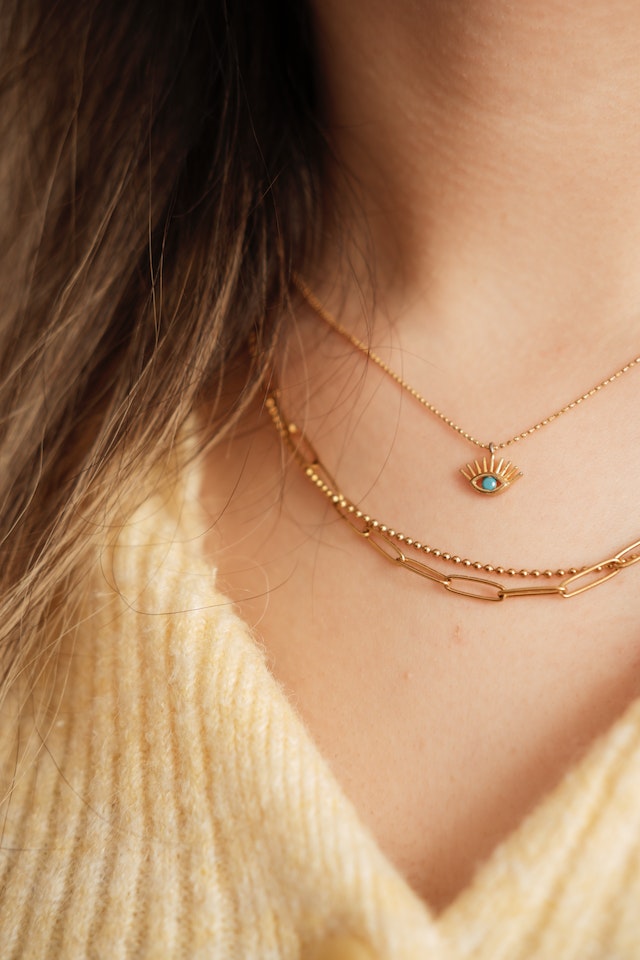Throughout history, humans have adorned themselves with various forms of jewelry, transforming mere objects into exquisite works of art that reflect cultural values, personal status, and beauty. From the ancient civilizations of Egypt and Mesopotamia to the Renaissance and beyond, jewelry history has captured our imagination and served as a testament to the human desire for self-expression and adornment. In this blog, we embark on a captivating journey through time, exploring the rich and enchanting history of jewelry.
Ancient Beginnings: Our story begins in the depths of antiquity, where jewelry first emerged as an integral part of human culture. In ancient Egypt, jewelry held deep religious significance and was often buried alongside pharaohs, both as a symbol of their status and as an offering for the afterlife. Meanwhile, Mesopotamian jewelry showcased intricate metalwork and gemstone craftsmanship, with personal seals and amulets serving as cherished symbols of identity and protection.
The Treasures of the East: As we move eastward, we encounter the magnificent jewelry traditions of India and China. In India, jewelry played a vital role in traditional ceremonies and weddings, with intricate gold and gemstone designs representing prosperity, spirituality, and cultural heritage. In China, jade, a revered stone, held great significance, symbolizing purity, wisdom, and immortality. Intricately carved jade jewelry pieces were treasured for their exquisite beauty and believed to bring good luck and ward off evil spirits.
The Opulent World of Royalty: Throughout history, jewelry has been synonymous with royalty and power. From the grand palaces of Europe to the opulent courts of Asia, rulers and nobles adorned themselves with breathtaking pieces that spoke of wealth, status, and authority. The Renaissance period witnessed an explosion of creativity, with the rise of sumptuous gem-encrusted tiaras, necklaces, and brooches that showcased the craftsmanship and wealth of the ruling elite.
Revolution and Evolution: The Industrial Revolution brought significant changes to the world of jewelry. With the advent of new technologies, mass production became possible, making jewelry more accessible to the growing middle class. As the Art Nouveau and Art Deco movements swept across Europe, jewelry design took on new forms, embracing natural motifs and geometric patterns. Precious metals and gemstones continued to grace jewelry pieces, but innovative materials like glass and enamel gained popularity.
Modern Marvels: In the 20th century, jewelry design underwent a radical transformation, reflecting the shifting attitudes and aesthetics of the time. The emergence of avant-garde movements, such as Cubism and Surrealism, influenced jewelry design, resulting in unconventional and daring pieces that challenged traditional notions of beauty. Moreover, the Artisan jewelry movement celebrated handcrafted designs and the uniqueness of each piece, fostering a renewed appreciation for craftsmanship and individuality.
Contemporary Expressions: In today’s world, jewelry has become a means of self-expression and personal style. From delicate minimalist designs to bold statement pieces, jewelry serves as a reflection of one’s personality and fashion choices. Sustainable and ethical jewelry practices have also gained prominence, with a focus on responsibly sourced materials and fair trade practices.
Conclusion: The captivating history of jewelry takes us on a mesmerizing journey through time, revealing the profound cultural, social, and artistic significance of these glittering adornments. From the ancient civilizations that revered jewelry as a symbol of divinity and status to the modern era, where it serves as a conduit of self-expression and style, jewelry continues to captivate our hearts and adorn our lives. As we celebrate the rich tapestry of jewelry history, let us embrace its beauty, craftsmanship, and enduring allure for generations to come.
